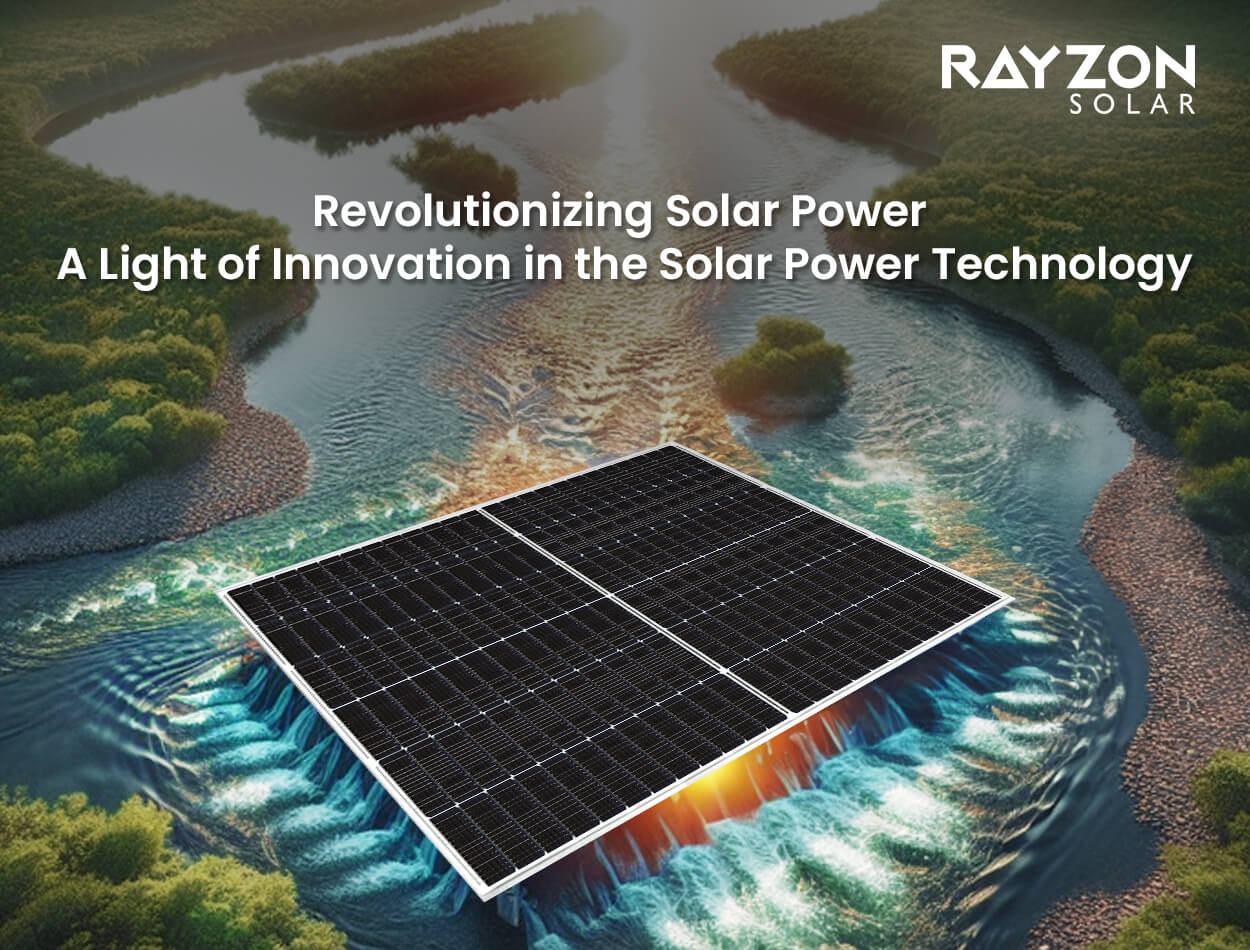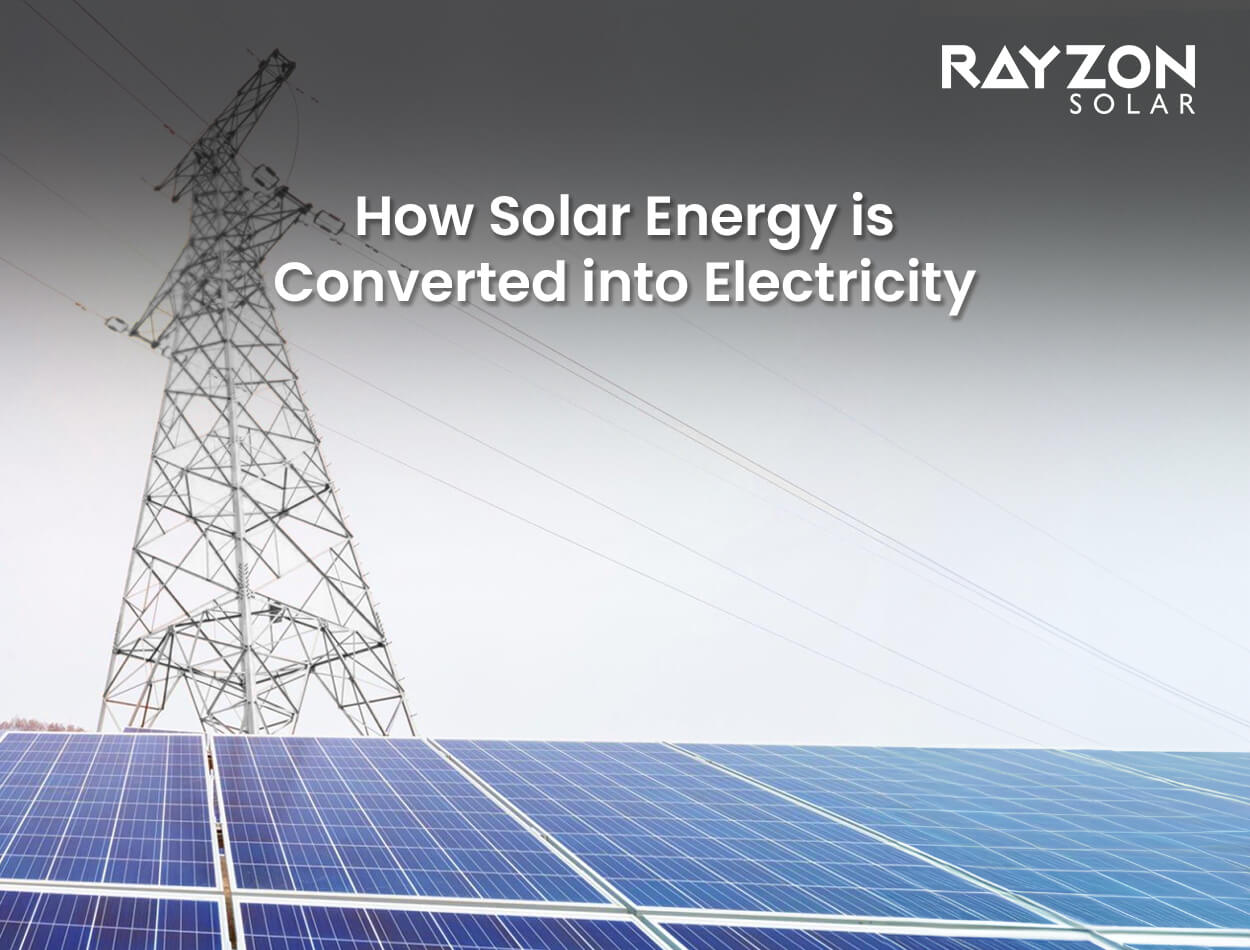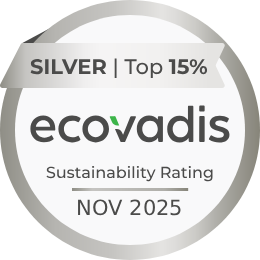


The '40 Under 40' is a prestigious recognition program that celebrates the achievements of young leaders. These individuals are selected based on their exceptional contributions, innovative thinking, and significant impact on their respective fields. The program aims to highlight emerging talent and inspire the next generation of leaders. In the environment of the renewable energy sector, the '40 Under 40' list recognizes innovators who are driving innovation and spearheading projects that are instrumental in accelerating the transition to clean and sustainable energy sources. These young leaders may include entrepreneurs ...
Read More..
In the dynamic realm of renewable energy, solar power technology emerges as a light of innovation and progress, offering a promising solution to the world's energy needs. From its inception to its current status as a cornerstone of sustainable energy, the journey of solar power has been nothing short of remarkable. The discovery of the photovoltaic effect in the 19th century laid the groundwork for the development of solar photovoltaic (PV) technology, setting the stage for a revolution in the way we harness energy from the sun. Over the decades, advancements in materials science, manufacturing processes, and policy frameworks have propelled solar power technology forward, making it increasingly efficient, affordable, and accessible.
Read More..
Rayzon Solar, a leading solar panel manufacturer, is dedicated to harnessing the power of the sun to generate clean, sustainable electricity. This blog explores the process of converting solar energy into electricity, highlighting the crucial role of photovoltaic technology and the benefits of solar energy systems.
Read More..